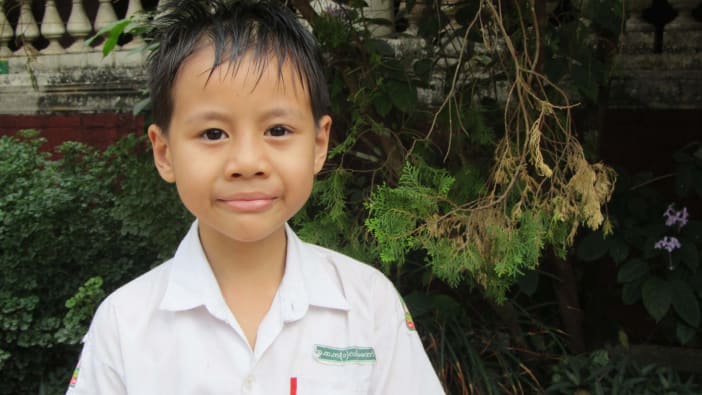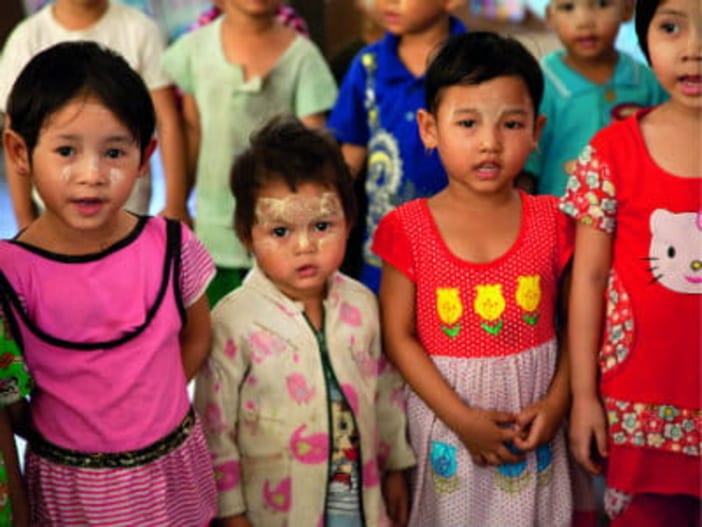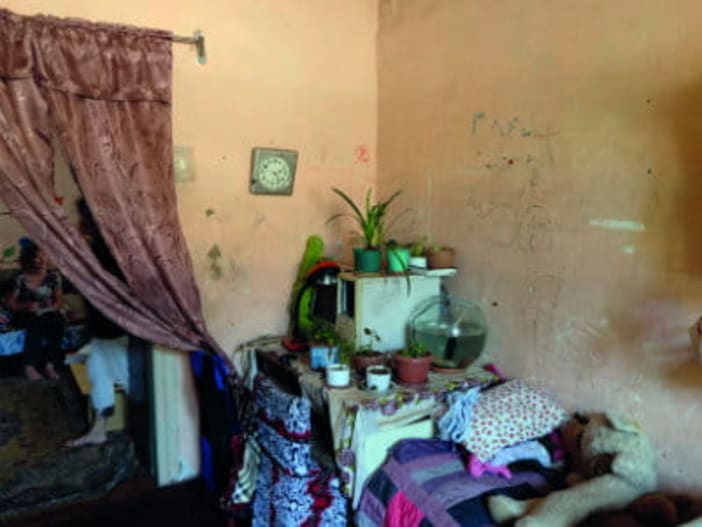by Clinton Robinson.
Literacy is certainly not a matter of ‘just teaching someone to read’! The first essential is to have a written language. There are still many unwritten languages around the world, so if yours is one of these there is still hope - but a great deal more work will be involved to reach this essential first step.
Literacy always seems a good idea to an outsider who can read. It is tempting to set up campaigns to provide literacy for other people. However, literacy will only last if a community wants to read and write and if they take responsibility for spreading literacy themselves. A community must be mobilised for literacy.
We faced this problem in a small community in Cameroon where they speak a minority language. How was literacy to become valued? How could literacy be spread throughout the area? Part of the answer lay in forming a local committee to encourage literacy.
Why form a local committee?
Every community is different. The way literacy will be organised will be different too - depending on the local language, development projects and particular needs, such as women’s education. A local committee can discuss the best ways to meet these needs and decide their priorities. Above all, when local people take responsibility for literacy work, the programme is theirs - they have an interest in its success.
Who is part of a local committee?
A literacy committee must represent the whole community. It is important that no-one feels left out; the different groups in the community need to feel they are represented by at least one of the committee members. So in many places a committee will have members representing some or all of the following groups...
- men and women
- youth, adults, the elderly
- different villages or village groupings
- the various churches and denominations
- development agencies: co-operatives, village development associations, the local government administration.
A committee may also need a technical adviser at the start, helping for example with producing materials or finalising the written form of the language. The local language should be used wherever possible, even if that means getting more help.
There will often be two kinds of committee members: honorary and working. The honorary members are those who sit on the committee because of their status or role in the area: chiefs, religious leaders, the mayor etc. They give credibility to the committee and can be a big help in promoting the vision of literacy. Working members are those who are actively involved in the literacy process, such as supervisors, teachers and writers. Both kinds of members are necessary if literacy is to spread effectively.
What does a local committee do?
Their most important role is to encourage and supervise the progress of literacy work. Plans must be agreed, decisions made, new materials developed and finances supervised. Here are some of the questions which committees regularly deal with...
PLANNING
- What use will people make of reading and writing?
- What groups need literacy most?
- How many teachers do we need?
- How will they be trained?
- When should classes start?
- How long will instruction continue?
- What help do we need?
- What other organisations might be involved?
DECISIONS
- Where should literacy classes be held?
- Who should be trained as teachers?
- What kind of materials should be produced?
INITIATIVES
- What new literature could be developed? Diary? Calendar? Health charts?
- What about a local newspaper?
- How can we use local stories and local history?
- How can we get more people involved?
FINANCES
- What will the programme cost?
- What are the sources of funding?
- Who will manage the money?
- How will we account for what is spent?
When the committee struggles with these questions, the literacy programme will begin to fit the local circumstances and become the property of the local community.
A final word...
A local committee can have a ripple effect - as it promotes literacy at the local level, the community as a whole will begin to understand that reading and writing can help them in their daily lives right there in the village.
Clinton Robinson worked for ten years with the Summer Institute of Linguistics in Cameroon, first in a village literacy and translation project, then as director of SIL. He is currently working in the UK on communication, languages and rural development.









